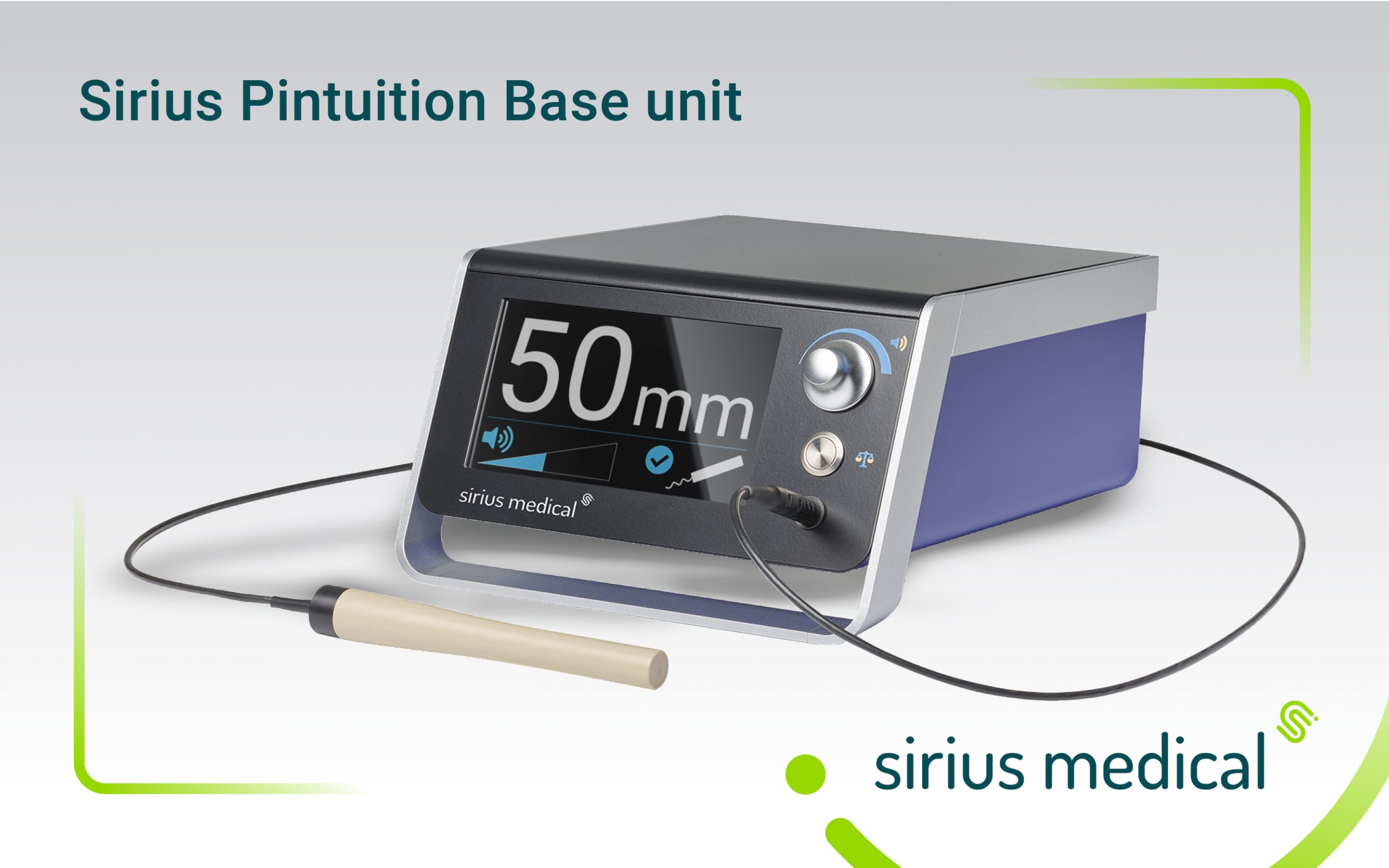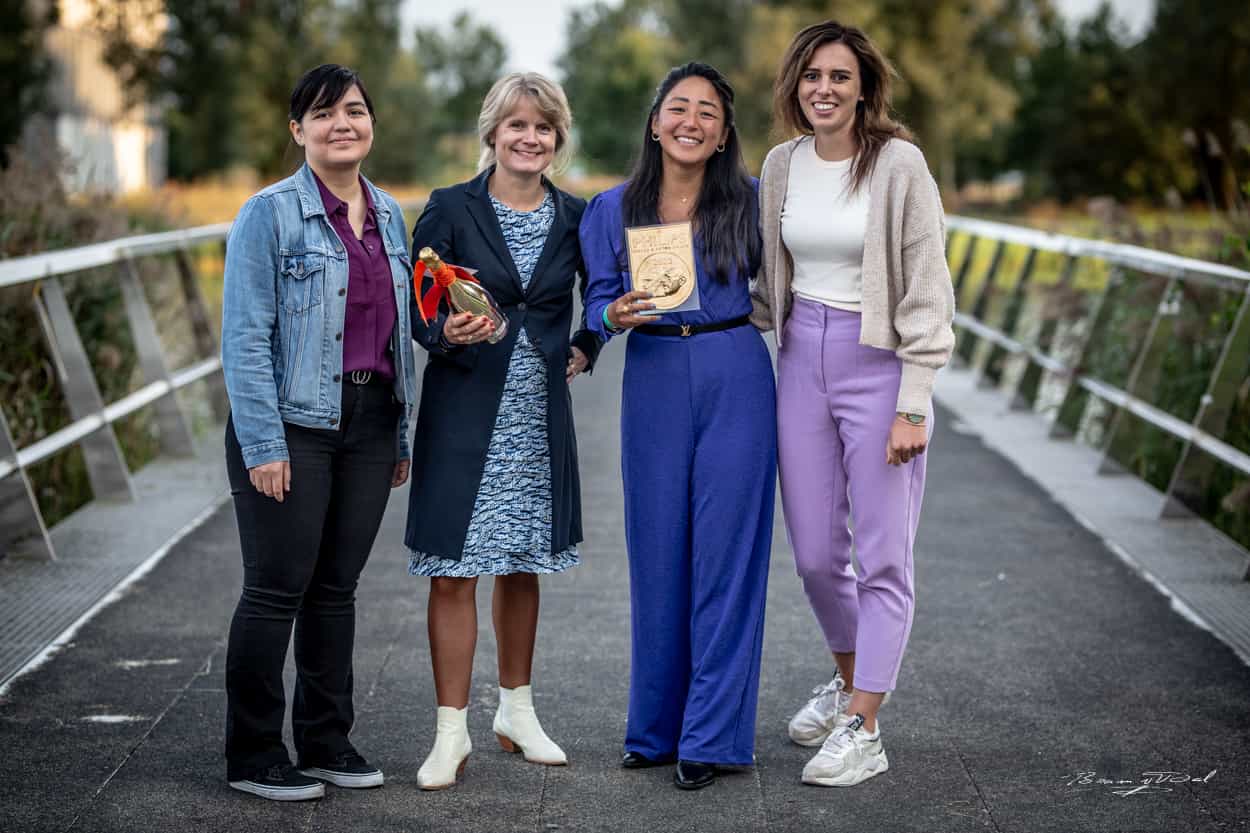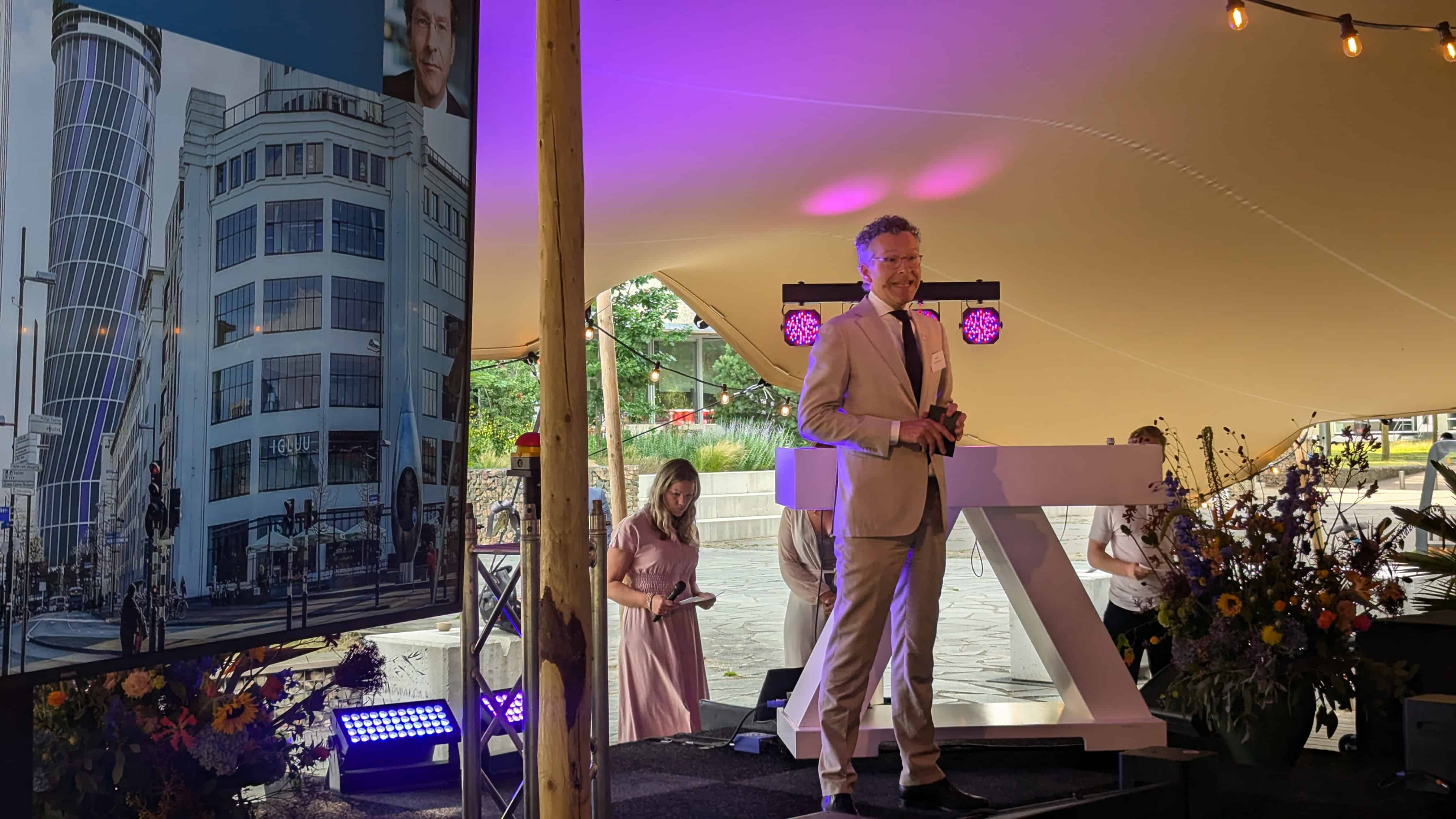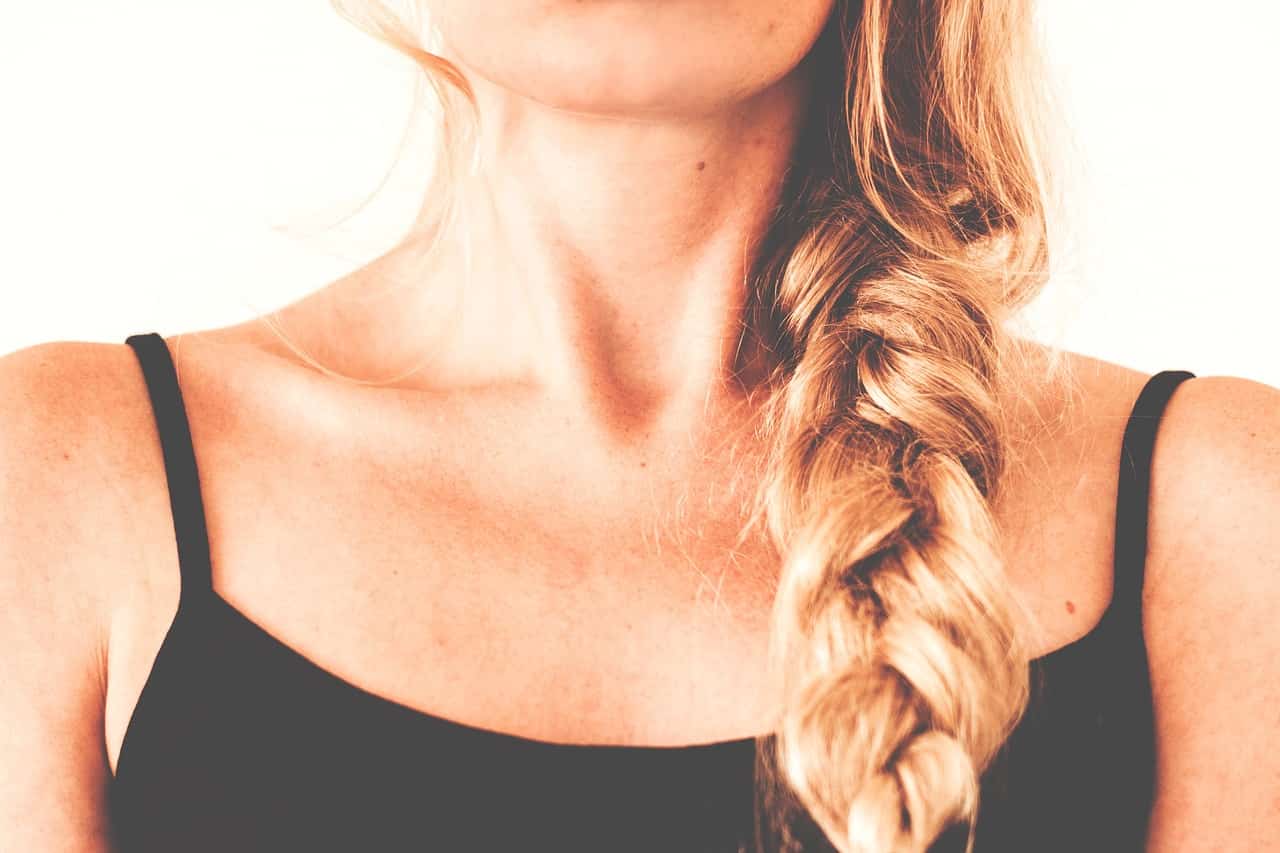
The high-tech medical start-up Sirius Medical in Eindhoven is allowed to enter the market with its Sirius Pintuition product. Their product was awarded the CE mark this past week. This means it meets European medical and safety standards. The Sirius Pintuition localizes breast cancer tumors using a magnetic seed.
Metal thread
Breast-conservation surgery is still possible at an early stage of breast cancer. But the tumor is then still so small that it is hard to pinpoint. Tools are needed, explains Benjamin Tchang, a business developer at Sirius Medical. “For decades it’s been a wire-guided anchor suture that the radiology department inserts.” At the end of that metal thread, there are two small hooks that attach themselves to the tumor area. The radiologist uses ultrasound or X-ray to determine the tumor area and places the thread’s tip in the tumor starting out from the skin. The same day, the surgeon uses this wire to cut out this section. The surgeon needs to follow the wire’s course.
Radioactive iodine seed
Another method is to use a radioactive iodine seed, whereby the seed reveals the location of the tumor. That method works very well. Although you do have to comply with a lot of safety regulations, Tchang says. “That’s a huge obstacle that gets in the way of widespread acceptance. This treatment is often applied in The Netherlands, but not in many other European countries. They mainly use wire localization.”
The idea that the breast-saving treatment had to be more accurate and simpler was put forward in the Antoni van Leeuwenhoekziekenhuis (Dutch hospital in Amsterdam that specializes in oncology). It was there that Bram Schermers, at the time a student at the University of Twente, first began his graduation project in 2013, followed by his doctoral research into what has now become the Sirius Pintuition. Tchang: “Bram discovered that it is in fact possible to use a magnetic seed as a substitute for the radioactive one.”
As an experienced entrepreneur, Hubert Martens took an interest in Schermers’ invention. Among other things, Martens was a former co-founder of the MedTech start-up Sapiens, which was sold to Medtronics for €200 million back in 2014. He launched the company Sirius Medical together with Schermers in 2017 with the aim of bringing this accurate and cheaper treatment for breast cancer to the market.
How does treatment with Sirius Pintuition work?
The radiologist uses ultrasound or X-ray to visualize the tumor area and then inserts the Pintuition seed into the tumor using an insertion needle. “The patient does not notice that the seed is in their breast after this quick operation. The patient can go home and come back as soon as the surgery is planned.”
Bleeps
During the operation, the surgeon uses the Pintuition System to detect the seed. This system contains what is known as a probe, a white round rod that contains sensors. Comparable to a parking sensor, the system also bleeps and then shows the distance to the seed in millimeters.
Once detected, the surgeon determines where they will make an incision, Tchang explains. “Thanks to the sensors and an advanced algorithm, the system is not affected by other surgical instruments, such as a scalpel. It also only detects the seed if it is directly in front of the probe. But not when it is next to it or behind it. Which means the surgeon can work with great precision.”
Tchang: “Our strength lies in making the treatment more flexible for the surgeon, the hospital, and the patient. The main difference is that you don’t have to be operated on the same day. You have the choice to plan this in yourself. It can be up done up to 180 days before surgery.” Using the Sirius Pintuition, the patient can plan radiology and surgery procedures separately from each other. Tchang: “This can ensure an optimal workflow and save on costs.”
Streamlined way of working
Martens and Schermers managed to bring together a multidisciplinary and highly skilled team within a short period of time. When Tchang first joined Sirius Medial at the start of this year, he says that he was extremely impressed by the streamlined way of working. “The fact that in such a short time a commercially viable product of this kind of class could be created, is quite unique.”
“The CE mark gives us the opportunity to offer our product to several hospitals in Europe so that they are able to gain experience with the new technology. We already have extensive contacts with hospitals in The Netherlands and Great Britain. And the first reactions have all been positive. We are very keen to introduce Pintuition to doctors and patients.”





